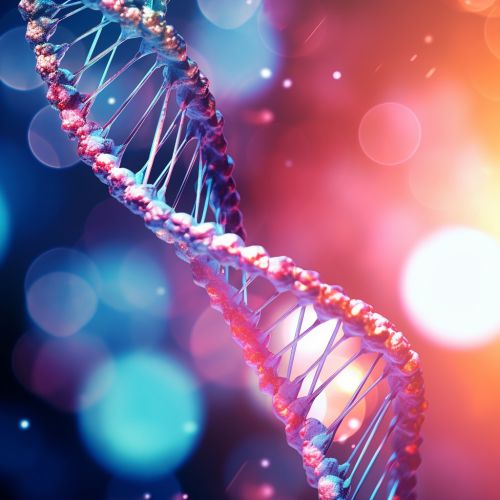The Role of Genetic Variation in Population Adaptation
Introduction
The role of genetic variation in population adaptation is a fundamental concept in the field of population genetics. It is the process by which biological populations evolve and adapt to their environment through changes in their genetic composition. This article explores the mechanisms, significance, and implications of genetic variation in population adaptation.


Genetic Variation
Genetic variation refers to the differences in the genetic makeup of individuals within a population. These differences can occur at the level of individual genes (alleles), or at larger scales such as chromosomal structure. Genetic variation is the raw material upon which natural selection acts, and is crucial for the survival and adaptation of populations.
Sources of Genetic Variation
Genetic variation arises from two primary sources: mutation and genetic recombination. Mutations are changes in the DNA sequence that can occur due to errors during DNA replication or exposure to mutagens. Genetic recombination, on the other hand, involves the exchange of genetic material between homologous chromosomes during meiosis, leading to new combinations of alleles in the offspring.
Population Adaptation
Population adaptation is the process by which a population becomes better suited to its environment over successive generations. This is achieved through the process of natural selection, where individuals with advantageous traits are more likely to survive and reproduce, thereby passing these traits on to the next generation.
Role of Genetic Variation in Population Adaptation
Genetic variation plays a crucial role in population adaptation. It provides the raw material for natural selection to act upon. Without genetic variation, a population would not be able to adapt to changing environmental conditions, and could face extinction.


Mechanisms of Population Adaptation
There are several mechanisms through which genetic variation contributes to population adaptation. These include directional selection, stabilizing selection, disruptive selection, and balancing selection.
Directional Selection
Directional selection occurs when one extreme phenotype is favored over others, leading to a shift in the population's genetic composition in one direction. This can result in the evolution of new species, a process known as speciation.
Stabilizing Selection
Stabilizing selection favors intermediate phenotypes over extreme ones, leading to a reduction in genetic variation and a stabilization of the population around a certain trait.
Disruptive Selection
Disruptive selection favors extreme phenotypes over intermediate ones, leading to an increase in genetic variation and potentially the formation of new species.
Balancing Selection
Balancing selection maintains genetic diversity in a population by favoring heterozygous individuals. This can occur through mechanisms such as overdominance or frequency-dependent selection.
Significance and Implications
Understanding the role of genetic variation in population adaptation has numerous implications in fields such as conservation biology, evolutionary biology, and medicine.
In conservation biology, it helps in developing strategies to preserve endangered species. In evolutionary biology, it provides insights into the mechanisms of evolution and speciation. In medicine, it aids in understanding the genetic basis of diseases and in developing personalized treatments.
